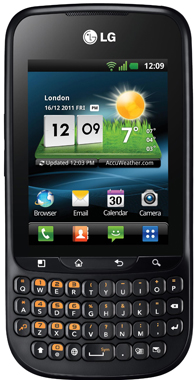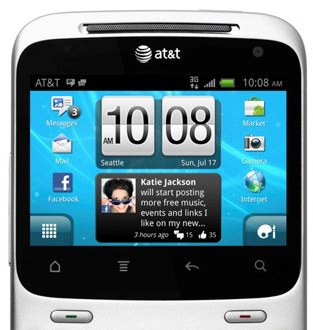Panasonic readying Android phone with 13-megapixel camera


You’d be right to argue that most smartphones double as digital cameras these days, but Panasonic’s upcoming Android handsets is in an entirely different league when it comes to snapping photos on the go. Their four-inch Gingerbread device dubbed the Lumix Phone 101P has a high-resolution camera with a 13.2-megapixel CMOS Lumix sensor with Mobile Venus Engine and water-proof body.
Lumix is Panasonic’s brand of digital cameras, ranging from pocket point-and-shoot models to digital SLRs. Other specs include a QHD display with a 960-by-540 pixel resolution, a 1GHz OMAP4430 dual-core chip from Texas Instruments, e-wallet features and digital TV tuner. The Lumix Phone 101P should launch on SoftBank’s network in Japan in November.
via TechCrunch



